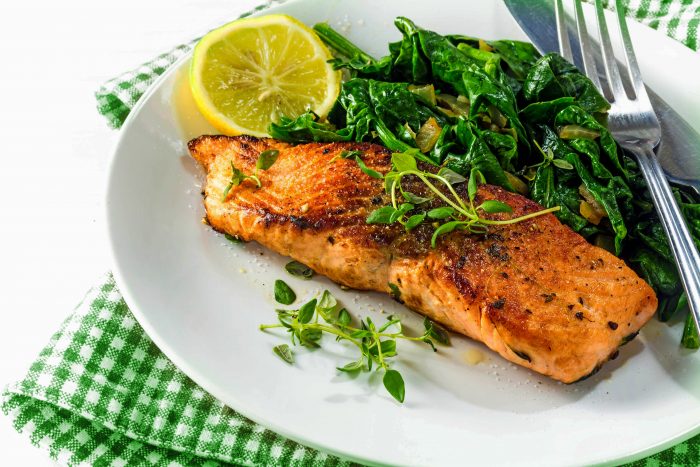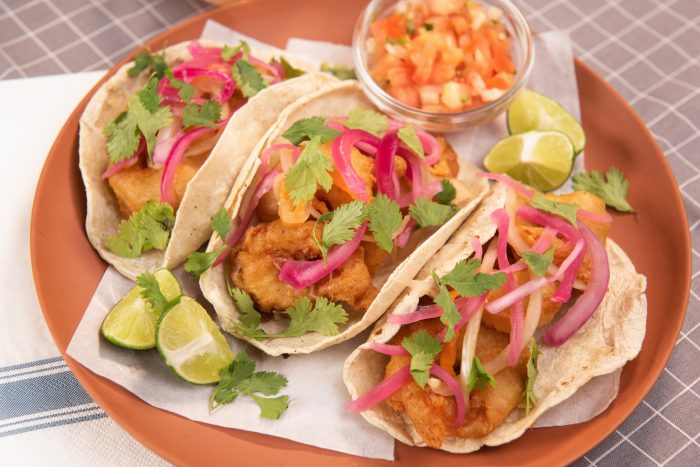By Bob Lipinski

When I’m out enjoying a meal, whether it’s breakfast, lunch, dinner, or just a few cocktails, I expect to be pampered; after all, I am spending my money, right? The flip side of this expectation is when service falls short, a meal can become memorable for the wrong reasons. Here are some restaurant situations that pushed my patience to its limit. Some of them may sound familiar…
I was recently in a restaurant when the server said, “Would you like to see a menu?” “No,” I replied, “I’ll just start naming foods and you let me know if the chef can prepare them.”
Don’t hand me a menu containing five pages, then come back two minutes later and inquire if I’ve decided. And can someone please tell whoever writes food menus that not every one of us can read some fancy calligraphy or script type in a dark restaurant (even with glasses)!
How about the “auctioneer” meal delivery system: “Who gets the pork chop at this table?” Or when, after putting down the main course, the server immediately pulls out a giant pepper mill and asks, “Do you want pepper on it?” “I don’t know,” I like to reply, “I haven’t tasted it.” One time I even said, “Are you telling me the chef didn’t properly season the food in the kitchen?”

You would think managers would notice that a particular table or chair “rocks.” Don’t sneak under the table with a package of sugar or matchbook to balance my table. Practice your mechanics on your own time. Do restaurateurs buy the tables that way? Are they cheaper?
Will someone please instruct servers how to pour water into glasses without ice cubes tumbling all over my glass, shirtsleeve, or tablecloth?
Don’t ask if everything was okay after I’ve finished my dinner; come while I’m eating. And definitely do not present the check while I’m still eating.
Why are sugar and NutraSweet left on the table from appetizer through dessert; do restaurateurs believe I might like some in my soup?
I constantly hear about the “food specials” of the day or even of the week. But about the wine specials … don’t restaurants want to sell more wine?
Why can’t servers present the wine list at the same time they present the food menu; doesn’t the restaurant want to sell wine? I’m often asked, “Would you like something to drink?” I probably do, so what do you have?
So, there you have it … I like to complain, don’t you?
Bob Lipinski is the author of 10 books, including “101: Everything You Need To Know About Whiskey” and “Italian Wine & Cheese Made Simple” (available on Amazon.com). He consults and conducts training seminars on Wine, Spirits, and Food and is available for speaking engagements. He can be reached at www.boblipinski.com OR [email protected].

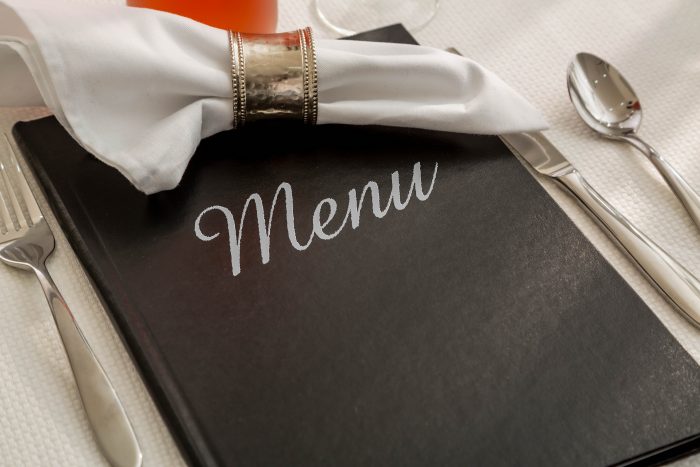
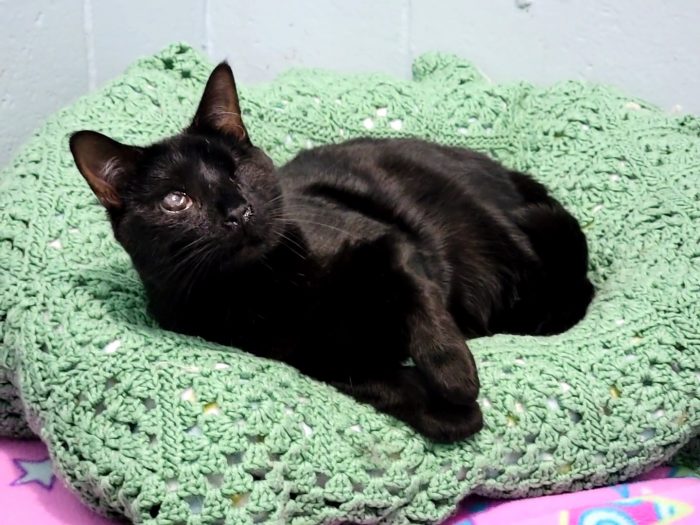

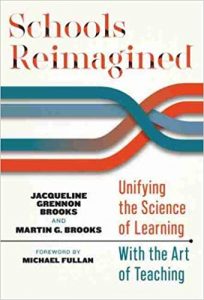 Two Three Village residents, educators at the top of their profession — Jacqueline Grennon Brooks, professor emerita of Teaching, Learning and Technology, Hofstra University, and her spouse Martin Brooks, executive director of Tri-State Consortium, an association of over 40 school districts in New York, New Jersey and Connecticut — agree that the key to whether or not learning takes place is not how information is delivered but if knowledge is constructed. Whether it is a teacher or a book or a computer that provides a formal lesson, the students must connect the lesson to what they already know or have experienced for true learning to occur.
Two Three Village residents, educators at the top of their profession — Jacqueline Grennon Brooks, professor emerita of Teaching, Learning and Technology, Hofstra University, and her spouse Martin Brooks, executive director of Tri-State Consortium, an association of over 40 school districts in New York, New Jersey and Connecticut — agree that the key to whether or not learning takes place is not how information is delivered but if knowledge is constructed. Whether it is a teacher or a book or a computer that provides a formal lesson, the students must connect the lesson to what they already know or have experienced for true learning to occur.






